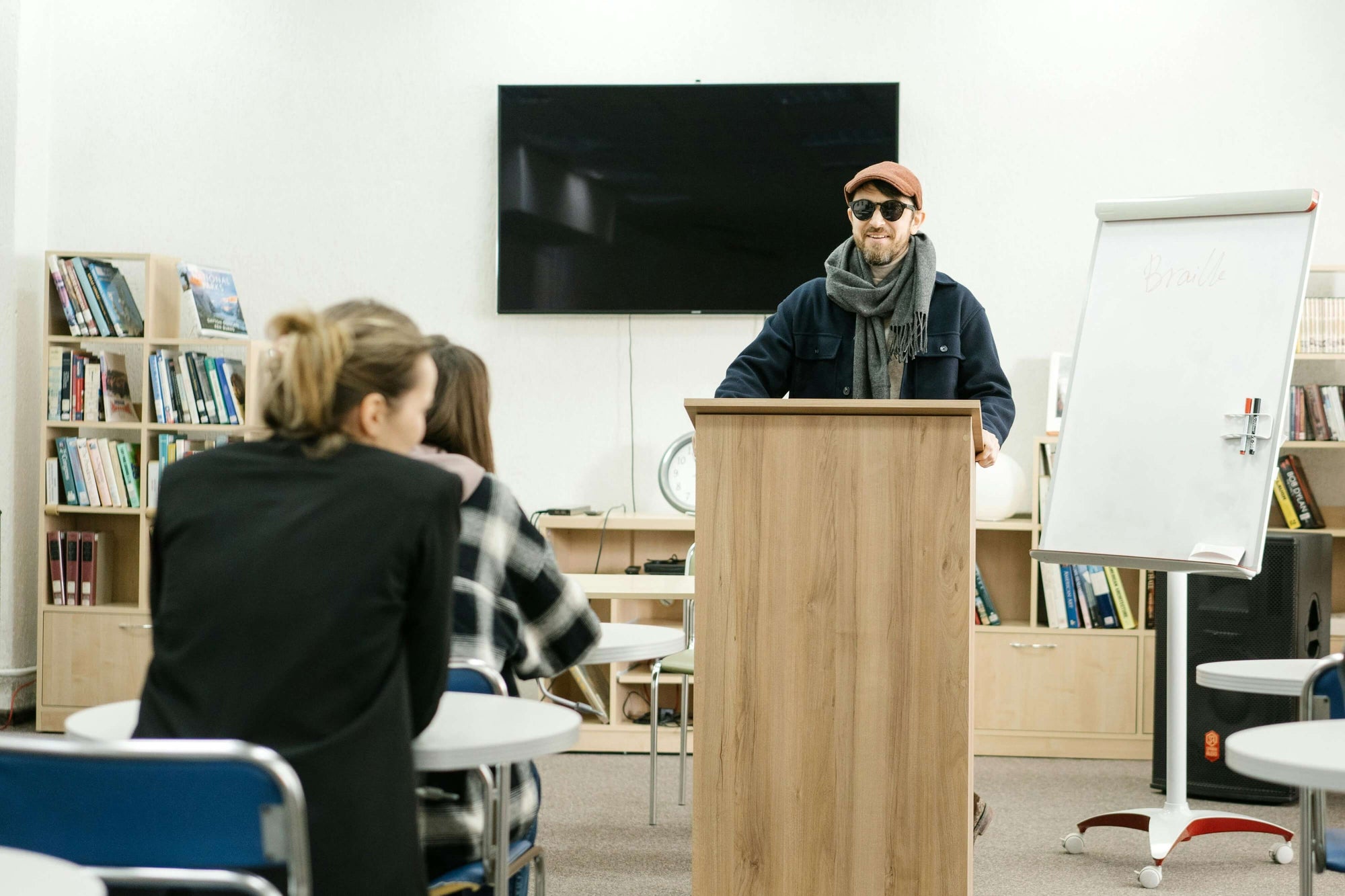

· By Jennifer McGee
How to Teach Children About Disability Inclusion
Teaching children about disability inclusion from an early age is essential for fostering empathy, kindness, and understanding. When kids learn to embrace differences, they are more likely to grow into compassionate adults who advocate for a more inclusive world. Here are some practical ways to introduce children to the concept of disability inclusion.
1. Use Books and Media That Promote Inclusion
Books, TV shows, and movies can help kids grasp the importance of inclusion by portraying positive examples of disabled individuals. By exposing children to inclusive stories, you can break down misconceptions and open up valuable discussions.
- Read Inclusive Books: Choose books with characters who have disabilities to help kids understand that everyone has unique strengths and challenges.
- Watch Inclusive Media: Movies or shows that feature disabled individuals living their lives to the fullest can teach kids to see ability in everyone.
As Helen Keller once said, “The highest result of education is tolerance.” By introducing children to inclusive media, we encourage them to adopt this mindset.
An ideal book for this is Izzy Can't Talk, which tells the story of a nonverbal child on the autism spectrum, offering kids a chance to learn about communication differences. Explore more about this book here.
2. Encourage Questions and Open Conversations
Children are naturally curious, and they may ask questions about disabilities. Encouraging these questions and providing honest, age-appropriate answers helps foster understanding.
- Answer Honestly: When children ask about disabilities, explain them in simple, positive terms.
- Normalize Differences: Teach children that differences are a normal part of life, and we all have unique abilities.
By having these conversations, you set the foundation for children to understand and respect others.
3. Model Inclusive Behavior
Children learn by example, so it’s important for adults to model inclusive language and behavior.
- Use Respectful Language: Avoid using terms that reinforce negative stereotypes about disabilities.
- Show Empathy: Actively include disabled individuals in conversations and activities to demonstrate inclusive behavior.
Remember, as Maya Angelou once said, "People will forget what you said, people will forget what you did, but people will never forget how you made them feel."
4. Promote Inclusive Play
Inclusive play teaches children that all their peers, regardless of ability, can join in and have fun together. It also helps break down barriers and misconceptions about disabilities.
- Create Accessible Play Spaces: Ensure your child’s play environment is accessible to everyone.
- Encourage Cooperation: Teach children to accommodate the needs of their peers and work together.
A fun way to bring inclusivity into your child’s space is through the Inclusion is Out of This World art print. It’s a vibrant reminder that inclusion and empathy belong in every corner of our universe. Learn more about it here.
5. Teach Empathy and Kindness
Empathy is at the heart of inclusion. Encouraging children to consider the feelings and experiences of others helps them build compassion and understanding.
- Role Play: Use role-playing exercises to help children understand how their peers with disabilities might feel.
- Promote Acts of Kindness: Teach children the value of simple acts of kindness, such as helping others or being a friend to someone who feels left out.
Conclusion: Building a Foundation for Inclusion
Teaching children about disability inclusion is an ongoing journey that can shape a kinder, more understanding future. By using inclusive books, encouraging open conversations, modeling empathy, and promoting inclusive play, you can help your child grow into an advocate for others.
